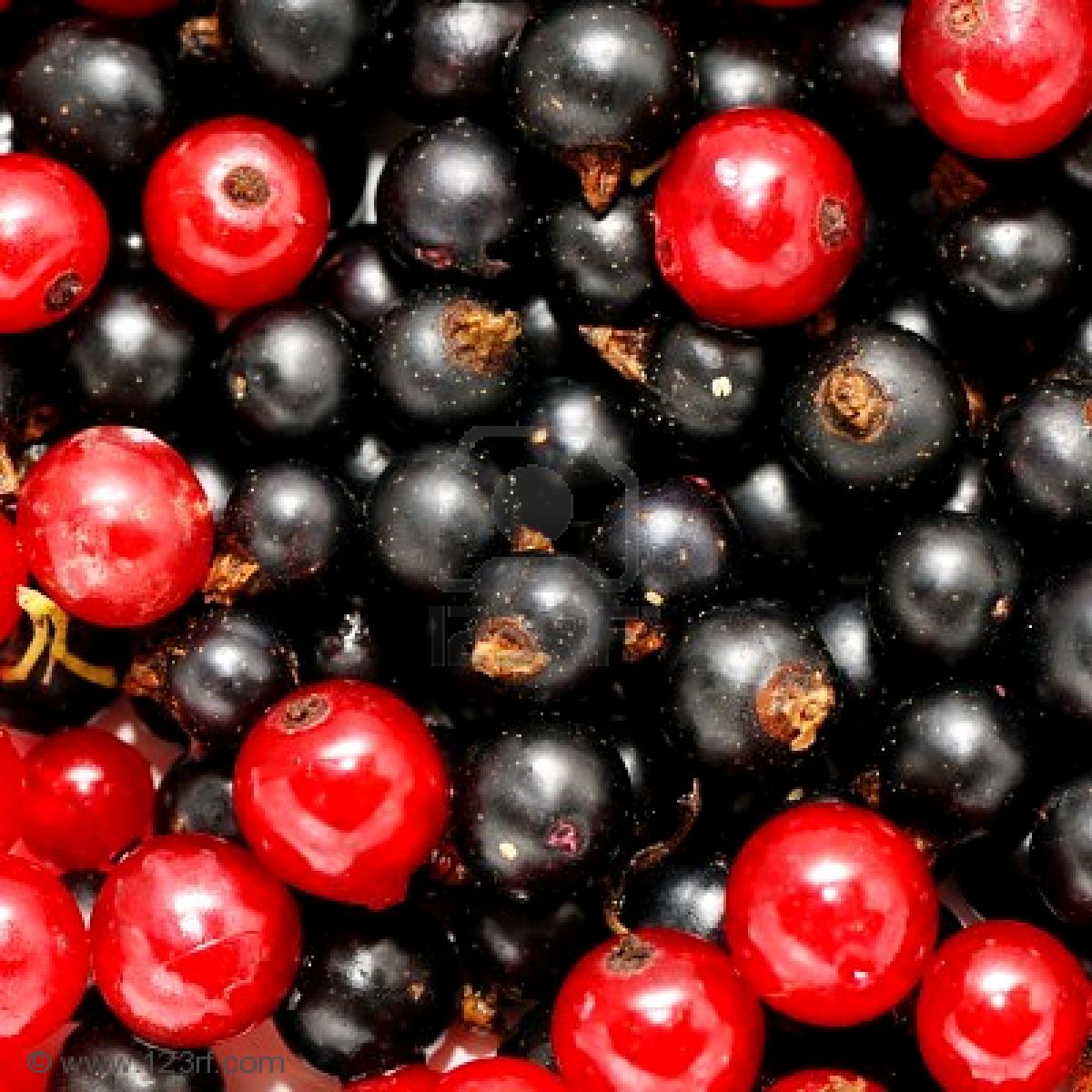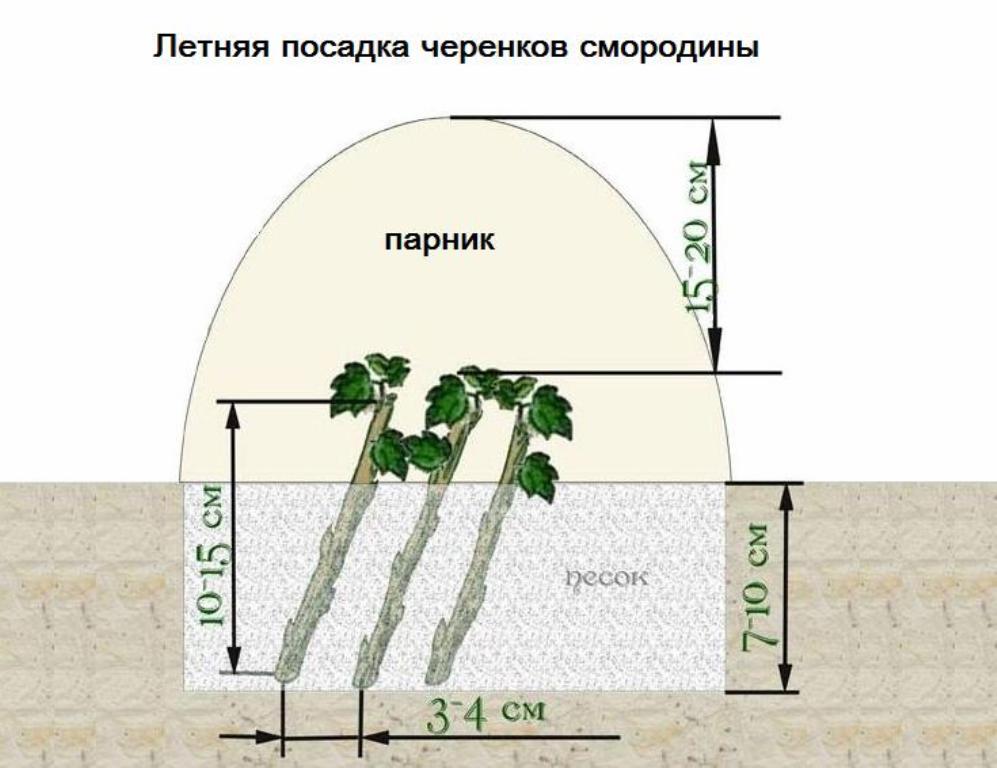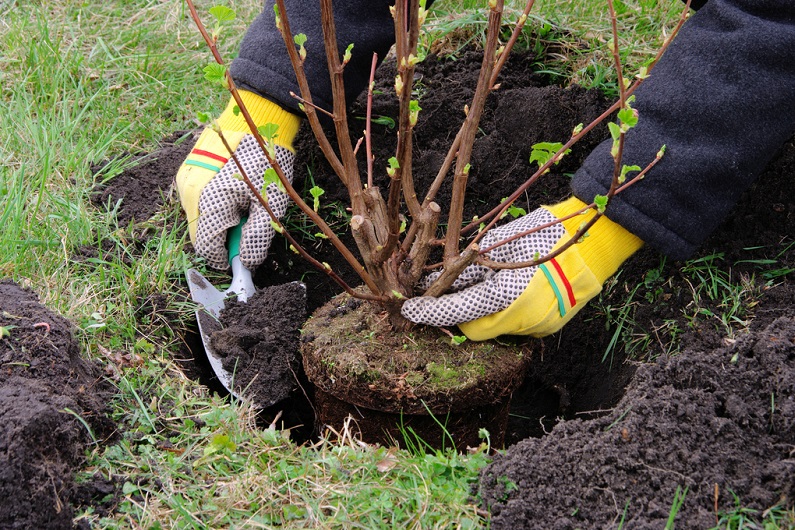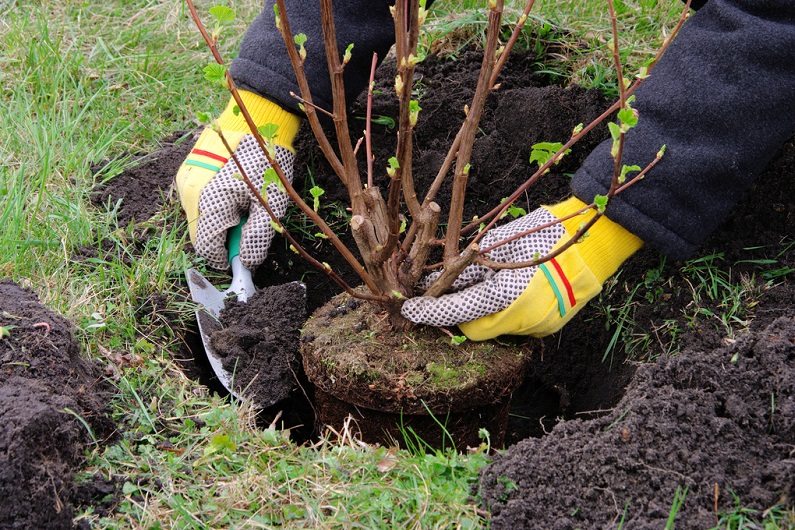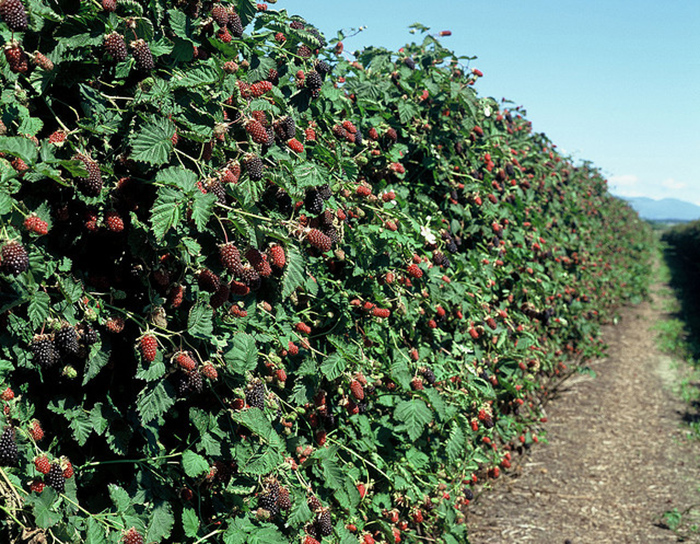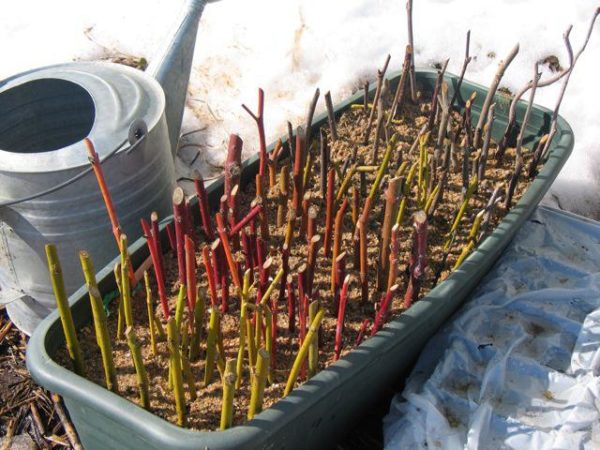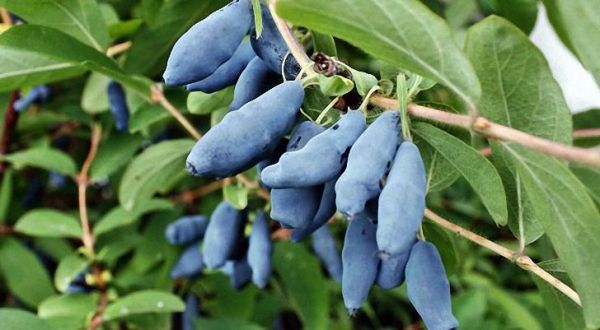Reproduction of such a fruit and berry culture as currants is possible throughout the year. There are several vegetative propagation methods for the popular shrub: by rooting cuttings, green and wooden cuttings and dividing the shrub into parts. Each of these methods has its own characteristic advantages. But it is cuttings that are considered the most reliable and simplest method. After planting currants with cuttings in spring gives up to 90% guarantee of plant survival. In this case, planting material can be harvested and grown in any required quantity - from a few cuttings to a hundred.
Since planting currants with cuttings has its own specifics, it is worth considering this procedure and preparing for it in more detail.
Harvesting cuttings and spring pruning
For the purpose of cutting currants, a healthy fruiting bush is chosen, the age of which varies from 3 to 5 years. It is highly recommended to choose a mother shrub during the summer. This will allow not only to appreciate the taste characteristics of the berries, but also to make sure that the plant does not have diseases and parasites. Cutting (cutting) for planting can be harvested in autumn or spring season. Spring harvesting of cuttings is usually combined with shrub pruning.
For pruning lignified cuttings, one-year and well-formed shoots are usually chosen, the stem of which is more than 6 mm thick. In order to ensure the preservation of more moisture, the shoot under the cutting is freed from excess foliage.
If the planting material is harvested in the fall, it must be stored in a dormant state throughout the winter. Cuttings are cut only with the onset of warm days, and immediately they are planted directly into the open ground. Storage of shoots cut in autumn is allowed upright in the snow. Only each variety should be tied in separate bunches and covered with sawdust or hay.
If the snow has melted, but the weather is still not warm enough for planting in open soil, the correct way of action is to wrap the shoots in burlap, wrap them in plastic and transfer them to a cold place with a temperature of 0 degrees (this can be a basement or a refrigerator). Periodically, the shoots should be unfolded and moistened with the burlap in which they are wrapped. Closer to the date of planting, the material will only need to be cut into segments from 15 to 20 cm.
The longer the currant stalk, the more nutrients it contains. Accordingly, the sooner it will have a full-fledged root. But this does not mean at all that you should plant cuttings a meter long. It won't do much good. In addition, in this way, it will be possible to harvest fewer seedlings. It is necessary to cut the stem with an exceptionally sharp knife. The pruner is not applicable in this case. It promotes crushing of the fibers, which, in turn, affects the rate of rooting of currant cuttings downward.
The upper cut is made slightly above the upper bud at a right angle, and the lower one - at an angle of 45 degrees under the lower bud (the minimum number of buds on the handle for planting cannot be less than two). The most important thing is to remember to carefully process the cut sites with paraffin or wax at the end.
If grafting is carried out not by lignified cuttings, but by green ones, the rules change somewhat, and the instructions for preparing cuttings include the following significant points:
- the top of the green shoot should be cut off for cuttings, since its rooting takes the least amount of time;
- the length of the handle can vary from 8 to 12 cm;
- there should be about four leaves on the shoot;
- at the lower leaves, it is recommended to completely remove or greatly shorten the leaf plate, while the cutting of the leaf must be preserved;
- the lower cut is performed at a distance of half a centimeter from the lower kidney;
- the upper cut is made much higher than the upper kidney;
- both cuts are made straight;
- green cuttings are carried out not in spring, but in summer - closer to autumn, when fresh shoots have time to grow.
Cutting currants is beneficial for the following reasons:
- the shrub takes root easier;
- you can get a lot of planting material throughout the season;
- grafting allows you to preserve the varietal characteristics of the plant;
- not only spring is suitable for cuttings, but also summer, autumn and even winter;
- there is no need to grow seedlings.
Planting currant cuttings in spring
When autumn comes, it's time to think about preparing the garden so that planting currants with cuttings in the spring goes without problems. October, when the entire crop has already been harvested, is optimal for this.
The first step is to decide on a place - it is best to plant currants in an open sunny area without groundwater.
In principle, a step-by-step master class in order for the correct planting of currants with cuttings in spring to be carried out is not required, but some significant points should still be discussed:
- planting trenches must be made about 60 cm wide and 40 cm long;
- the soil must be dug onto a shovel bayonet;
- it is imperative to fill the trenches with compost, humus or any other organic fertilizer;
- before planting, it will not be superfluous to update the lower cuts of the cuttings, for which they must be placed in water for one or a couple of days;
- you can carry out the prevention of kidney mites by additionally holding the root in Thiodan's solution;
- cuttings can be planted in early spring, when the soil thaws to a depth of about 20 cm;
- in order for the cultivation to take place as actively as possible, it is strongly recommended to additionally process the sections with any growth stimulator;
- it is necessary to plant in such a way that one, and preferably two, buds remain above the soil surface;
- you should carefully ensure that the cuttings themselves are located at an angle when planting, and one or two buds remain above the surface; between the rows it is necessary to provide an interval of the order of half a meter;
- another important condition - the soil around freshly planted cuttings must be watered and carefully tamped; do not neglect mulch - it will simplify the care of seedlings.
Rooting cuttings
Having figured out how to plant blackcurrant cuttings in spring, you should understand how to root currants more effectively. The rooting of currant cuttings, regardless of whether we are talking about a black berry variety, or a red variety is subject to reproduction, the composition of the soil has a huge impact. It is best to grow cuttings using a mixture of regular soil, sand (preferably river) and compost. Sawdust can be added if desired.
For the first few weeks, watering the plant must be very abundant and regular. Otherwise, the root of the future shrub will develop slowly.
An equally important condition that is important to observe after the currants have been planted in spring with cuttings is regular spraying.
Fertilization of seedlings must be done 4 times per season. It is allowed to use complex additives. For the convenience of watering, you can arrange special grooves for water along the seedlings. Every couple of days after watering, the soil must be thoroughly loosened. This will provide sufficient oxygen to the root system and will greatly contribute to the faster growth of the currant bushes. If watering is periodically combined with top dressing, when August comes, the seedlings will root perfectly and in the future they will survive even a rather cold and harsh winter without any problems after they are moved in the fall and transplanted to a permanent place of growth.
Having figured out how to grow currants from cuttings and having received a viable seedling by the end of the growing season, it's time to transplant it. In principle, practice shows that most often currants need only one season to take root. Leaving the currants in the same place for another summer is only worth it if the plant does not look too strong. In all other cases, the rooted cuttings must be transplanted.
In order to minimize injury to the crop, it is necessary to dig out the seedling together with a clod of earth. This will not cause the slightest damage to the root system. After transplantation, future shrubs are planted at a distance of at least one meter from one another. This gap will be enough for the bush to form. In a couple of years, you can count on getting an excellent currant harvest.
Homemade currant preparations: preserves, compotes, jams, everyone loves. Therefore, if an insufficient number of currant bushes grows on your garden plot, propagating them by cuttings will be an excellent solution to provide the whole family with excellent berries in the very foreseeable future.
